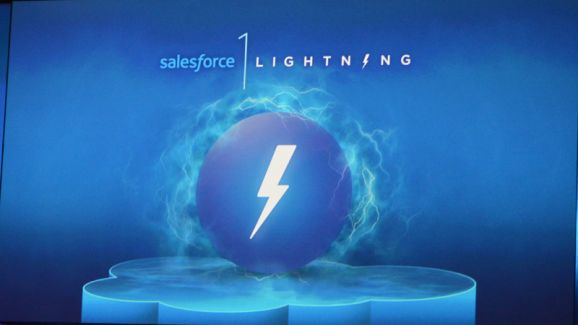Developing a custom mashup (web page) screens in medium to large scale CRM implementation is quite common either to meet unique custom business requirements or to render the data from external systems (being within CRM) to facilitate a comprehensive/single view to the CRM users.
If a CRM system doesn’t provide a framework to develop these custom UI extensions, generally we choose to use J2EE/.Net/PHP technology stack to develop these custom extensions (mashup).
Of late most CRM apps work in desktop, tablets & smart phone devices in wide variety of browsers & mobile apps. One key expectation when we develop custom extensions is to make them work in all browsers/devices on which CRM works. Also, make them look similar to standard CRM pages.
Meeting this key expectation using a custom technology stack is going to be time consuming & quite challenging (if not impossible) though we have many client side frameworks that are platform/device neutral. Many times we need UI design experts to design complex mashup screens.
If we pick the wrong technology stack or if the mash ups are not designed following the best of the design practices, the CRM usability & performance will be affected.
To overcome all of these pain points; many a times we wish if CRM could extend a framework (used to build the CRM application itself) and can the framework be made available in the programming language which a developer is familiar with?
The very thought of using a CRMs native framework for custom extensions development is quite exciting as it makes the life of the developer easy.
Salesforce does exactly that with Lightning Design System (LDS), the framework used for the development of Lightning experience & Salesforce 1 (SF1) Mobile app.

This framework provides 80% of UI components used in Lightning & SF1 Mobile. And the developer can choose to use any of the UI components they would need in their Mashup screens/ Lightning apps development. The sample codes & detailed documentation will only help to accelerate the learning & development process.
The following are some of distinct benefits of using LDS in custom mashup screens/Lightning apps development,
- LDS looks similar to HTML code making it easy to adopt
- App development becomes easier
- Make your app look like salesforce Lightning experience & SF1 Mobile
- Build apps faster
- Facilitate reusability
- LDS is Optimize for best practices and make bad practices harder to implement
- Accessible by design : Supporting WCAG 2.0 and Section 508 standards
- Developers can design any complex mash up screens on their own without having to depend on the expert UI designer
Are you excited & want to start with LDS learning, here are the quick links,
https://lightningdesignsystem.com/
https://trailhead.salesforce.com/en/module/lightning_design_system
Good luck & happy learning LDS!!
Prashanth N